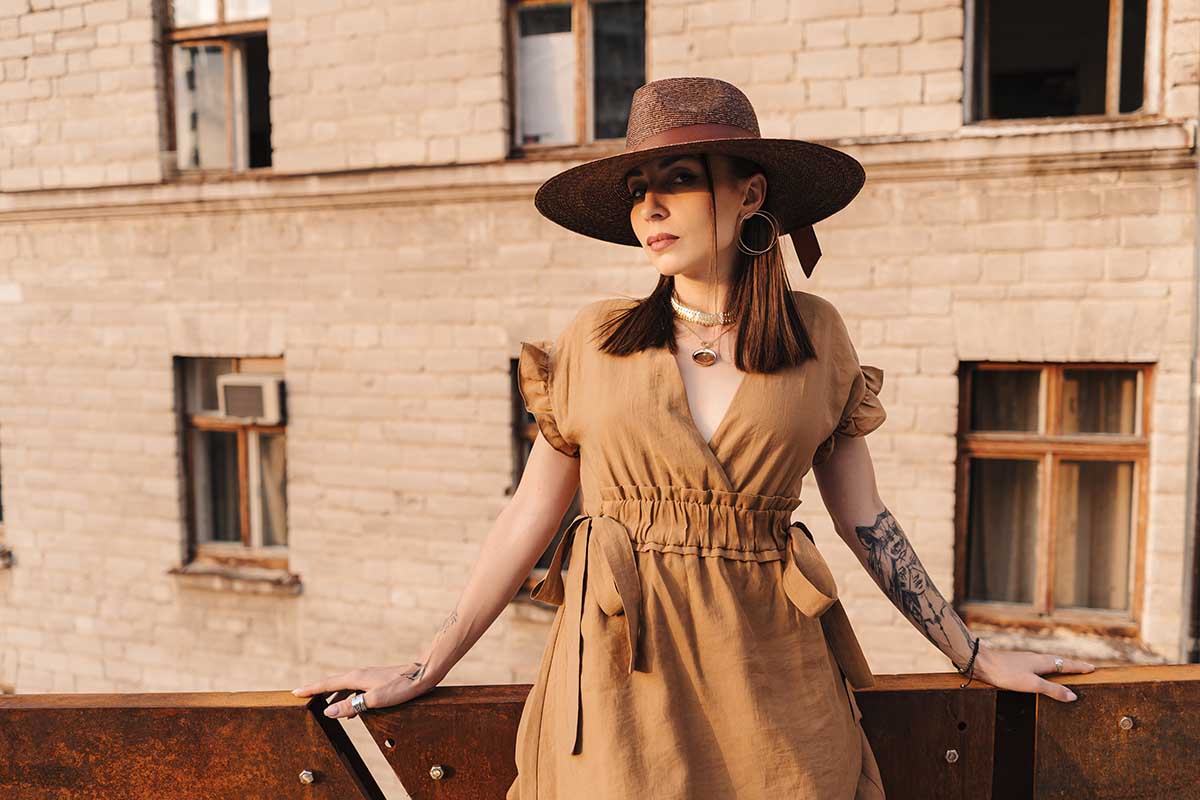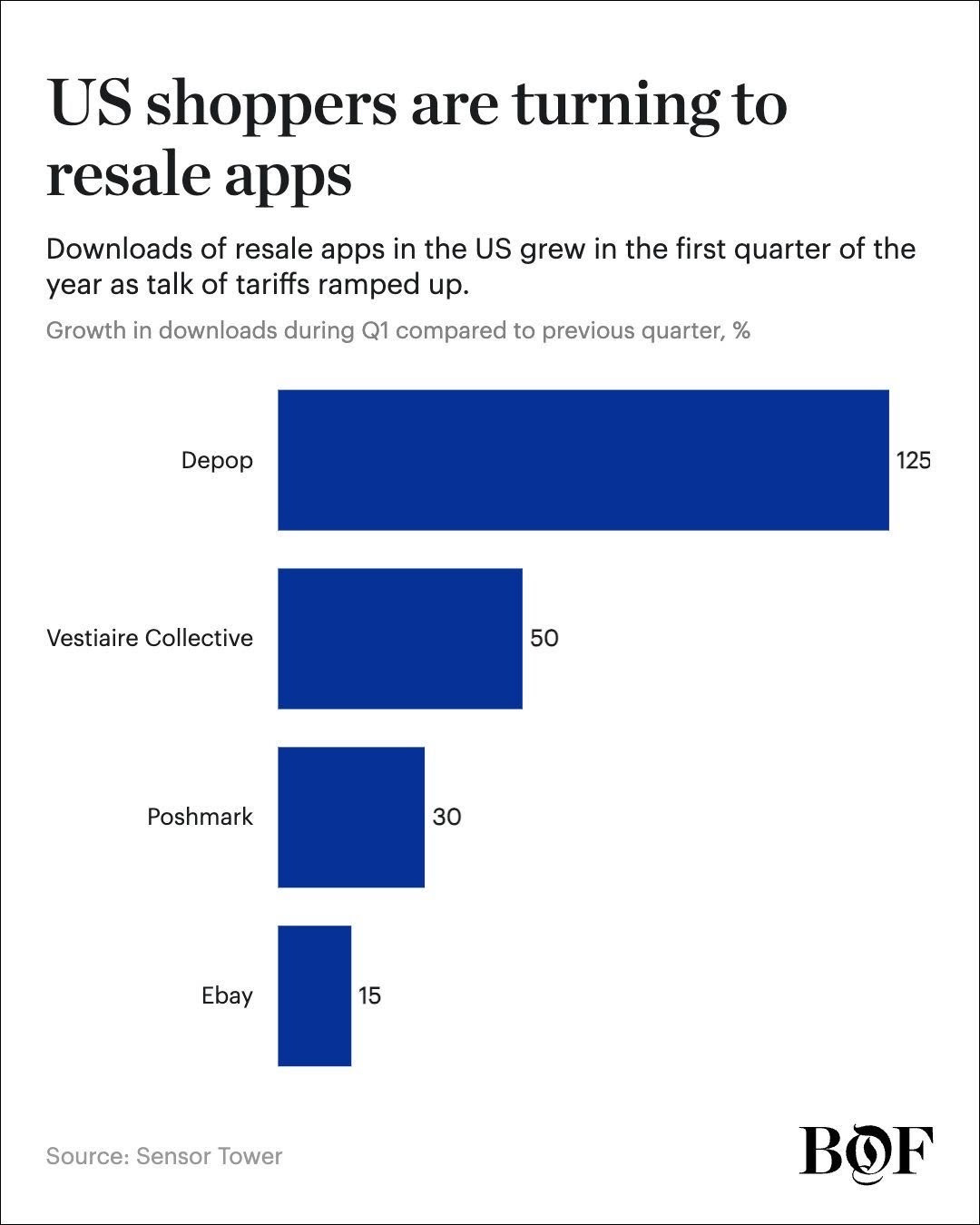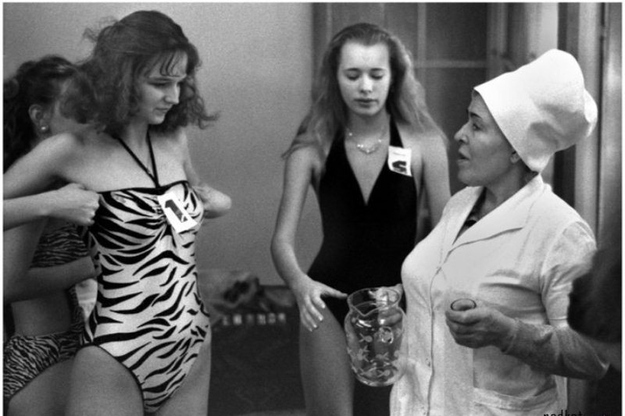Gen Z Made Secondhand Fashion Cool — and Big Business
✨ Key Points
Secondhand Fashion Is Booming: The global circular fashion market is projected to hit $360 billion by 2030, growing three times faster than new retail and reshaping how luxury and Gen Z shop.
Luxury Brands Join the Resale Wave: From Gucci and Burberry to Balenciaga and Valentino, leading fashion houses are embracing resale fashion platforms and take-back programs to stay sustainable and relevant.
Gen Z Drives the Change: The Gen Z vintage trend fuels the rise of sustainable and secondhand fashion, transforming pre-loved shopping into a movement rooted in individuality and eco-awareness.
The future of fashion isn’t new — it’s renewed.
Once a quiet corner of thrift culture, the secondhand fashion industry has transformed into a multi-billion-dollar global force that’s reshaping how people buy, sell, and value clothing.
And while the idea of “pre-loved” once belonged to indie shoppers and thrifting enthusiasts, today it’s the luxury houses — Burberry, Gucci, Valentino, and Balenciaga — leading the charge.
According to the Boston Consulting Group, the global resale and secondhand market is already worth $210 – $220 billion, and is projected to reach $320 – $360 billion by 2030, growing three times faster than the firsthand market.
That’s not a fashion fad — that’s a new economy.
The Shift Toward Circular Fashion
Circular fashion is built on a simple but radical principle: clothes shouldn’t end their life after one season.
They should be designed, worn, resold, and reinvented — again and again.
The industry is pivoting hard toward this mindset.
Tariffs, climate anxiety, and consumer fatigue with overproduction are forcing brands to rethink what “new” means.
Many of them now see circular fashion not as a risk, but as a lifeline.
Luxury labels, once allergic to the idea of secondhand fashion, are now turning resale — and the revival of the Y2K aesthetic — into a strategy to protect brand equity and boost sustainability.
The Luxury Resale Boom
The list of names joining the movement reads like a fashion hall of fame:
Burberry launched a Resale-as-a-Service (RaaS) partnership with Vestiaire Collective, allowing customers in the UK and US to trade in pre-loved Burberry pieces for store credit.
Valentino rolled out its Vintage Take-Back program, inviting customers to return archival pieces in exchange for credit toward new collections.
Balenciaga teamed up with Reflaunt, authenticating and reselling secondhand Balenciaga items through its global network.
Gucci, an early adopter, partnered with The RealReal, where its pieces now resell at 2.3 times the platform’s average value.
Stella McCartney and Jacquemus joined forces with The RealReal as well, producing limited upcycled collections made from reinvented pre-loved garments.
And it’s not just the brands — even the media is backing the movement.
Condé Nast named eBay its official secondhand retail partner in a multi-year deal spanning Vogue, GQ, Vanity Fair, and Teen Vogue.
This is no longer about cleaning out closets. It’s about rewriting the rules of fashion ownership.
Key Players Powering the Revolution
A new ecosystem of resale giants is fueling this billion-dollar boom.
Their success hinges on accessibility and trust: advanced authentication systems, AI-driven pricing, and curated digital storefronts that make secondhand shopping feel as seamless as buying new.
For younger consumers, these platforms are more than marketplaces — they’re movements.
Major Global Resale Platforms
These companies dominate the online secondhand and luxury resale space:
The RealReal — U.S.-based leader in authenticated luxury consignment.
Vestiaire Collective — France-based global platform for designer resale; certified B Corp focused on sustainability.
Vinted — Popular across Europe; community-driven app for secondhand fashion.
ThredUp — U.S. platform focused on affordable clothing resale and large-scale clothing recycling.
Depop — Gen Z–dominated resale app known for streetwear, vintage, and Y2K fashion.
eBay — One of the oldest players, now repositioned as a sustainable resale partner with Condé Nast.
Rebag — Specializes in luxury handbags and accessories, offering authentication and resale.
Grailed — Focused on menswear, designer, and streetwear resale.
Poshmark — U.S. social shopping platform for secondhand clothing and accessories.
Beni — A browser extension that helps shoppers find secondhand versions of retail products.
Gen Z: The Cultural Engine Behind Resale
If the luxury industry provided the infrastructure, Gen Z provided the energy.
This generation has redefined how fashion works — and values are now part of the outfit.
Over 50% of the resale market’s expansion is driven by Millennials and Gen Z buyers seeking affordability, authenticity, and sustainability.
As explored in my recent article Why Gen Z Fell Obsessed with Vintage, this cohort isn’t nostalgic just for aesthetics; they’re nostalgic for meaning.
For them, fashion isn’t seasonal — it’s emotional, ethical, and personal.
The same instincts that fueled the Gen Z vintage trend — rebellion against mass market, craving for uniqueness, and eco-conscious choices — are what’s now reshaping luxury itself.
Circular Fashion Meets Emotional Value
In an era when consumers can scroll through thousands of looks in seconds, scarcity has lost its power.
What sells today isn’t newness — it’s narrative.
Resale gives fashion something the traditional model lost: emotion.
Each pre-loved piece carries a story — of who wore it, where it came from, and why it’s still here.
When a shopper buys a vintage Valentino dress or a refurbished Balenciaga jacket, they’re not just purchasing a product; they’re joining a lineage.
And that emotional link between past and present is priceless in a world of fast fashion fatigue.
The Rise of “Sustainable Status”
There’s another psychological shift happening: sustainability has become the new symbol of status.
Owning something rare, responsibly sourced, and authentically storied now signals taste and awareness more than a logo ever could.
In the age of conscious consumption, eco-luxury is the new elite.
That’s why the resale space is growing beyond mere convenience — it’s now aspirational.
Buying pre-loved Gucci or Burberry doesn’t just feel good; it looks good socially, too.
Media Meets Marketplace
Condé Nast’s partnership with eBay is proof that the resale economy has gone mainstream.
By aligning Vogue and GQ with a resale platform, the publisher isn’t just promoting sustainability — it’s rewriting what fashion storytelling means.
Even Fashion Theory, the independent publication behind this piece, is joining the movement with Fashion Theory Vintage — a curated marketplace giving pre-loved designer pieces new life.
It’s not just a shop; it’s a rebellion against disposability and a love letter to craftsmanship.
The Future Is Circular
The fashion business of tomorrow won’t revolve around seasonal drops; it will revolve around circular systems.
Designers are already thinking about re-wearability, repairability, and re-commerce from the sketch stage.
Consumers are demanding traceability and longevity.
Regulators in Europe and the US are crafting new frameworks around textile recycling and extended producer responsibility.
All signs point in one direction: fashion that lasts.
More Than a Market — a Mindset
This isn’t just an industry story. It’s a cultural reset.
Circular fashion reflects a collective shift in consciousness — from owning to sharing, from discarding to cherishing.
It’s about realizing that every garment has more than one life, and that sustainability isn’t the end of style — it’s the beginning of a smarter, more soulful one.
So yes, the resale market may be worth hundreds of billions.
But its true value lies in something harder to measure: the hope that creativity and responsibility can finally exist in the same outfit.
In Summary
The resale market is on track to hit $360 billion by 2030, growing three times faster than new fashion.
Luxury brands like Gucci, Burberry, and Balenciaga are embracing resale to stay relevant and sustainable.
Gen Z’s vintage mindset is redefining what luxury means — from possession to purpose.
The future of fashion is circular. And for once, the most fashionable thing you can do… is give something a second life.























